Originally posted by Ajay
View Post
Nice 50Kv induction coil you have there. You are probably just not achieving a resonant condition with the induction coil and its spark gap etc. What frequency do you expect it to work at or near?
As for interrupter circuits, or driving circuits, etc. you have various options...
I started my experiments as a young lad, mainly using audio amplifier’s together with an audio frequency generator. So this allows any frequency from 10Hz through to about 60Khz or whatever the actual cut off frequency of the audio amp is.
A mono audio amp can be bought and made in a kit, design your own or buy off the shelf. I used mono car audio amps of around 100-300 watts or built my own. Couple the amp with an audio generator and you have a basic driver of variable frequency for driving coils and such. (But only up to about 40-60Khz).
Spark gaps, like hydrogen 1B22 as Eric used years ago can work. Other rotary spark gaps etc. However the 1b22 is radioactive and is hard to find. I avoid spark gaps if possible because they can be noisy, hard to tune, with not much control over them. For brute force they are certainly fit for purpose…
For the higher frequencies and precise control, you’ll want a Radio Frequency Amplifier. Build your own is best.
Class A, Class AB, Class C or Class D amplifiers could be used. (Generally Class C for RF). You could use Transistors, Vacuum Tubes, Thyratrons or even Magnetic Amps.
The Class type and design of an RF generator / amplifier is a complex subject...
But you can build your own with some study. (Ham Radio is where to start). From a simple, low power device, through to some complex powerful monster. (Check the radio licence laws in your country etc.).
My Rig uses a CW, AM Radio Transmitter using a 6AG7 two 807 Vacuum tubes in parallel. Frequency control is via a VFO (Variable Frequency Oscillator) within the 160m band. (Maximum power of 100 Watts). For basic tuning and resonance tests, I just use the VFO and a tiny transistorised amp of very low power.
Hope some of that helps.






 That shovel is a bunch of work.
That shovel is a bunch of work.
 Natural VLF Radio Stephen P. McGreevy of Auroral Chorus came over to EPD Laboratories early December to meet with us to see the latest on Dollard’s semismic lines and we had time to do an interview with him. Stephen presented at the last Energy Conference on Natural VLF Radio, which was his journey around the world capturing the natural sounds that nature produces, which are able to be heard on his specialized receivers. His presentation is here:
Natural VLF Radio Stephen P. McGreevy of Auroral Chorus came over to EPD Laboratories early December to meet with us to see the latest on Dollard’s semismic lines and we had time to do an interview with him. Stephen presented at the last Energy Conference on Natural VLF Radio, which was his journey around the world capturing the natural sounds that nature produces, which are able to be heard on his specialized receivers. His presentation is here: 










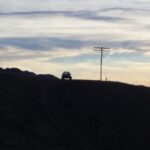


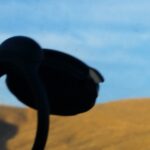






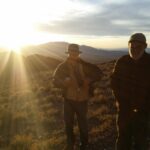





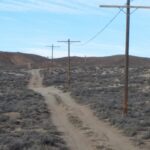










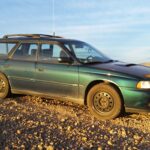



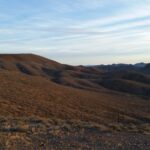






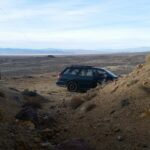


Leave a comment: